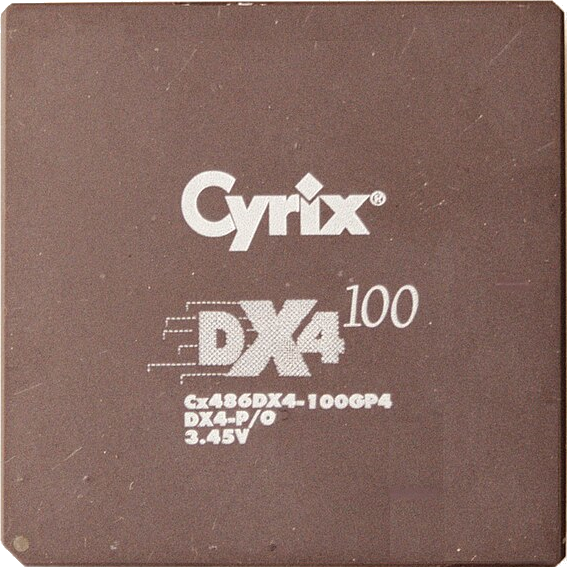

Then I don’t understand what your point is. A CPU on its own without a system isn’t of any use. Since there were no motherboards allowing you to use that much RAM, the point about the CPU supporting it is moot as far as I am concerned.


Then I don’t understand what your point is. A CPU on its own without a system isn’t of any use. Since there were no motherboards allowing you to use that much RAM, the point about the CPU supporting it is moot as far as I am concerned.
Of course they aren’t small, but they are probably as small as it gets, since they are pretty efficiently compressed. I am not sure what you mean by
it’s not a straightforward operation for even the average developer or systems engineer to restore these into a working format
since it is really trivial to use them. Just load them with Kiwix and serve them as a website. It doesn’t get much easier than that.


While technically true, the P4 did support PAE, in reality you couldn’t really make use of it on consumer hardware for most of its lifetime. No ordinary socket 478 mainboard with DDR1 memory supported more than 4 GB of RAM. With socket 775 more RAM was possible, but that socket is “only” ~20 years old.
Besides that, there were other even newer systems that supported only 4 GB of RAM, like some Intel Atom mainboards with a single DDR2 socket. Same with Via C3 mainboards.
You can download pretty much all of stackoverflow as ZIM files for self-hosting.


Yes, there is not much going on on this board, but since those trigger boards with USB-PD functionality are so cheap these days, it should have been possible to add such a trigger chip. If you wanted to go the really fancy route you could even use PPS and allow for pretty much arbitrary voltages.


Missed opportunity there, not being able to select all the other available USB-PD voltages. Not every circuit runs on 3.3 or 5 V.
I’m using a DuckDNS domain with caddy as reverse proxy, but it appears that the domain is defaulting to port 80 no matter how I set up the config. I can’t specify a port number in DuckDNS as far as I can tell.
A domain or DNS in general has nothing to do with ports. DNS is primarily used so that you don’t have to remember IP addresses.
When hosting this locally, I don’t see how 200 GB is much of an issue. Storage is so cheap these days, if you want to host it locally, just buy a 256 GB SSD just for that data for $20. Anyway, you were asking for a mirror, to which I replied with the information about the ZIM files. I don’t really understand the issue. Stackoverflow just isn’t that small, there is not much you can do about that.
The download? Maybe, depends on your Internet connection’s speed. Actually serving it as a website certainly doesn’t take hours. It is rather a matter of seconds.